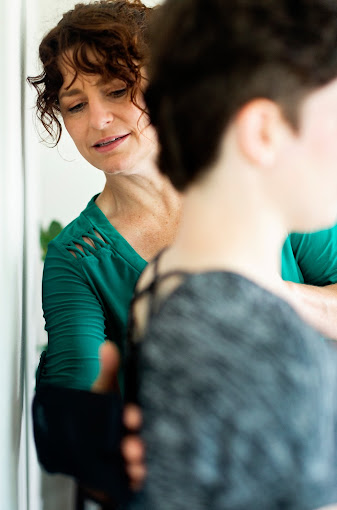stay mobile welleness
Our Technique
If you’re curious to know if structural correction is the right solution for you, don’t hesitate to reach out and schedule a consultation with the doctor today. Give us a call and let’s embark on a journey towards enhanced well-being together!
structural correction
A Different Approach to Bodies
What makes my approach truly different is the way I address the underlying problems that patients face. I firmly believe that the key issues requiring treatment are bones that are stuck in a forward position, and the solution lies in moving them backward for proper correction. This stands in stark contrast to the traditional chiropractic technique, where adjustments are commonly performed with patients lying face down on a table and practitioners pushing forward on the spine. At Stay Mobile Wellness, we take a significantly different path by conducting most of our adjustments while you’re standing against a wall, gently pushing specific parts of your body backward.
To grasp the essence of what I do, it’s important to consider a simple premise: each vertebra in your spine is connected to muscles and ligaments that can pull it in various directions—forward, sideways, and even in twisting motions. However, there are no muscles or attachments designed to pull a vertebra backward. Our bodies are remarkable in their ability to self-correct, as they possess an innate mechanism to bring a misaligned vertebra back into place with relative ease when it moves out of position backward or sideways. But what if a vertebra becomes stuck in a forward position? Here’s where the Stay Mobile approach truly shines! We assist your body by carefully moving those vertebrae back into alignment, providing the correction that your body cannot achieve on its own due to the lack of a natural mechanism for pulling them backward.

Common Indicators A Vertebra Is Stuck Forward
Feeling “hunched over” – compressing the chest area (heart, lungs, esophagus)
Head that rests in front of your body – leading to neck pain or stiffness and/or headaches
Forward Rounded shoulders – leading to tight upper traps or upper back discomfort
Abdomen protruding forward – leading to low back pain
Hyperlordotic lumbar spine – the low back has a larger than normal curve
Increased tension in other areas of the body – which may contribute to experiencing: Headaches > Foot, leg or knee pain > Elbow, shoulder or hand pain > Trigger points (knots in your muscles) and fascial restrictions
Experience the transformative power of correcting forward-stuck vertebrae, as it brings a profound sense of relaxation and ease to your body, leading to remarkable benefits. Enjoy easier breathing, reduced tension, and diminished pain, while effortlessly standing upright, freeing up valuable energy for more fulfilling activities.
